Technological Advancements
The Indoor Entertainment Center Market is experiencing a notable transformation due to rapid technological advancements. Innovations such as virtual reality, augmented reality, and interactive gaming are becoming increasingly prevalent. These technologies not only enhance the customer experience but also attract a broader demographic, including tech-savvy younger generations. According to recent data, the integration of advanced technologies in entertainment centers has led to a 25% increase in customer engagement. Furthermore, the use of mobile applications for ticketing and reservations streamlines operations, making it easier for customers to access services. As technology continues to evolve, it is likely that the Indoor Entertainment Center Market will see further growth driven by these advancements.
Diverse Entertainment Offerings
The Indoor Entertainment Center Market is characterized by a wide array of entertainment options that cater to various age groups and preferences. Facilities are increasingly incorporating activities such as escape rooms, laser tag, bowling, and arcade games, which appeal to families, friends, and corporate groups alike. This diversification not only enhances customer satisfaction but also increases the potential for repeat visits. Market data indicates that centers offering multiple entertainment options can see a revenue increase of up to 30% compared to those with limited offerings. As competition intensifies, the ability to provide diverse entertainment experiences will be crucial for success in the Indoor Entertainment Center Market.
Urbanization and Lifestyle Changes
The Indoor Entertainment Center Market is significantly influenced by urbanization and evolving lifestyle patterns. As more individuals move to urban areas, the demand for accessible entertainment options increases. Urban dwellers often seek convenient, indoor activities that can be enjoyed year-round, regardless of weather conditions. This shift in lifestyle has led to a proliferation of indoor entertainment centers in metropolitan regions. Market analysis indicates that urban centers with high population density are likely to see a 15% growth in indoor entertainment facilities over the next five years. Consequently, the Indoor Entertainment Center Market must adapt to these demographic changes to remain relevant and competitive.
Increased Focus on Health and Wellness
The Indoor Entertainment Center Market is increasingly aligning with the growing focus on health and wellness among consumers. Many centers are incorporating fitness-related activities, such as trampoline parks, climbing walls, and interactive sports, which promote physical activity while providing entertainment. This trend is particularly appealing to health-conscious individuals and families looking for fun ways to stay active. Data suggests that facilities offering health-oriented entertainment options can experience a 10% increase in foot traffic. As the emphasis on wellness continues to rise, the Indoor Entertainment Center Market may need to further integrate health-focused activities to attract a broader audience.
Growing Demand for Family Entertainment
The Indoor Entertainment Center Market is witnessing a surge in demand for family-oriented entertainment experiences. As families seek engaging activities that can be enjoyed together, entertainment centers are adapting their offerings to meet these needs. This trend is reflected in the increasing number of family packages and promotions designed to attract parents and children alike. Recent statistics show that family entertainment centers have reported a 20% rise in attendance over the past year. This growing demand suggests that the Indoor Entertainment Center Market must continue to innovate and create environments that foster family bonding and shared experiences.


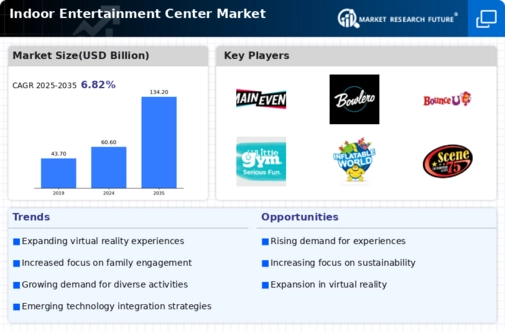

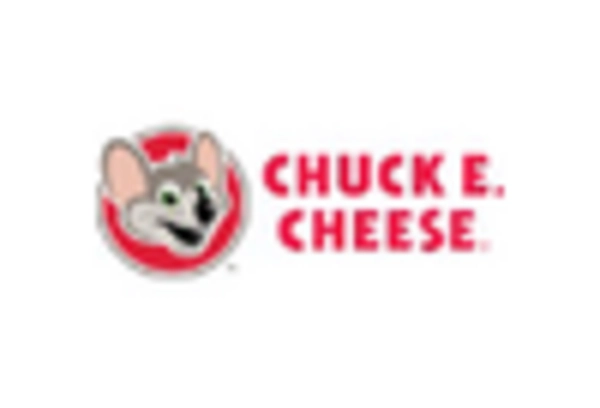

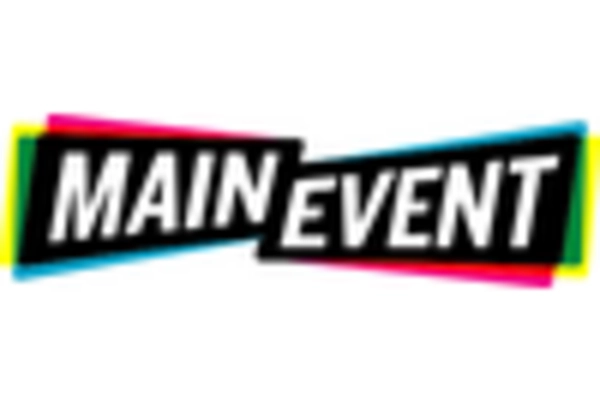
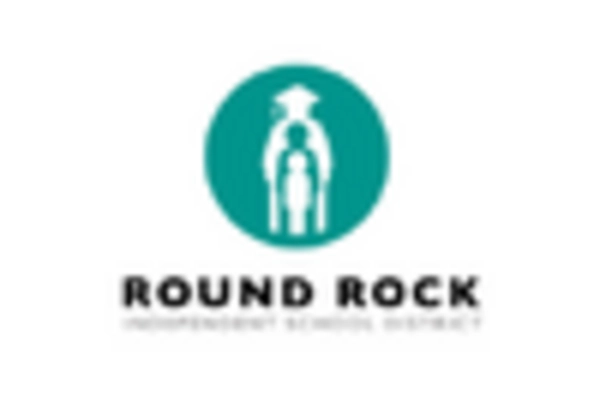
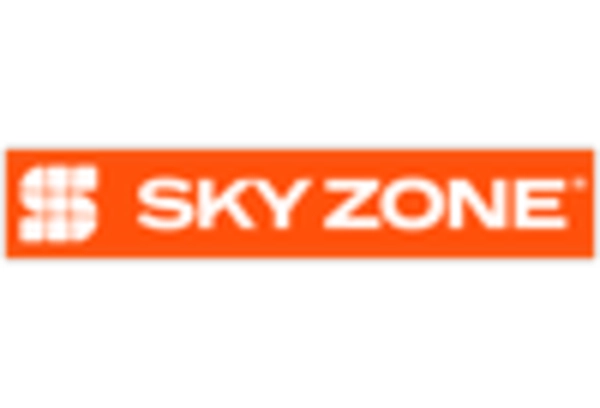









Leave a Comment